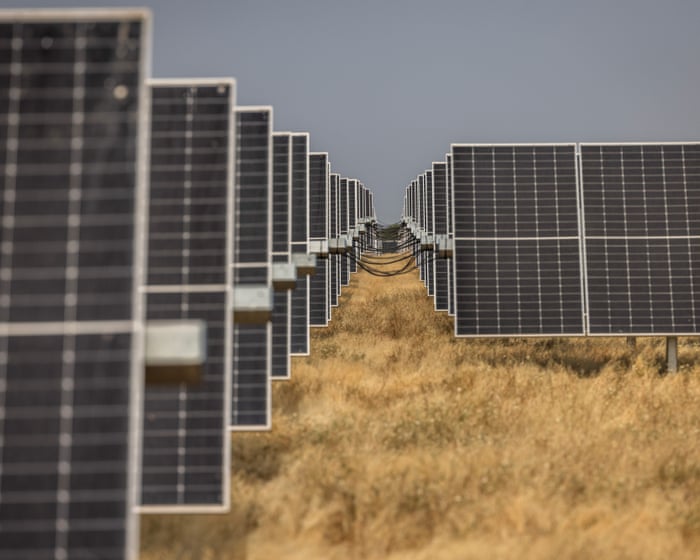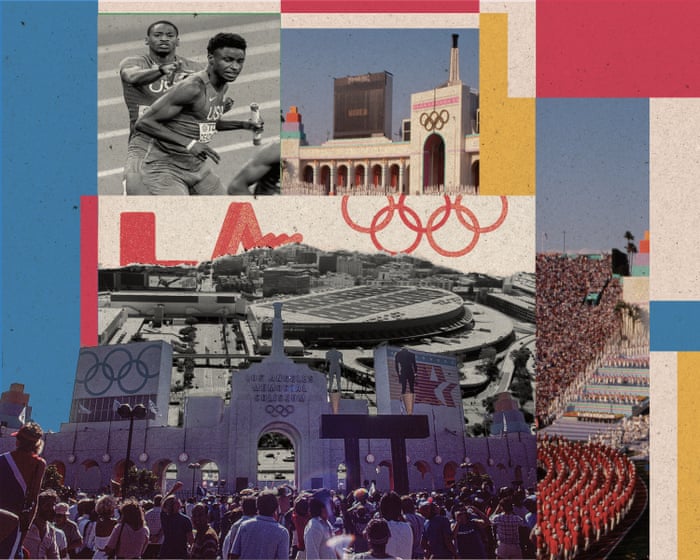In the Catalan town of Taradell, a project began with the simple goal of offering residents plots to grow their own food. Four activists joined forces to encourage eco-friendly practices in local farming and business, as well as to provide renewable energy. But the initiative grew into something much bigger.
Taradell has a strong history of community involvement, and as the project gained support, the activists established a cooperative called Taradell Sostenible. Today, it has 111 members and powers over 100 homes, including some of the area’s most vulnerable residents. Eugeni Vila, the cooperative’s president, explains that they made membership affordable for those in need: while it normally costs €100, people identified as poor by the local authority can join for just €25 and access cheaper electricity.
With funding from the government’s Institute for the Diversification and Saving of Energy (IDAE), Taradell Sostenible installed solar panels on a sports center and a cultural center to supply the community. Vila proudly notes that IDAE considers them pioneers and that EU Next Generation funding, secured through IDAE, helped complete these projects.
As the cooperative expanded, they realized they needed more professional management, so in 2022, they partnered with other local energy communities.
Renewable energy is thriving in Spain, a country rich in sunshine but lacking in gas, oil, and coal. For years, solar power was hindered by a “sunshine tax” introduced in 2015, which penalized individuals for generating their own energy after power companies argued it created unfair competition. This tax was repealed in 2018, and since then, energy self-sufficiency via solar panels has surged 17-fold, according to IDAE.
Now, IDAE is shifting its focus from subsidizing individual home installations to supporting energy communities like Taradell, with €148.5 million initially set aside for 200 projects. The goal is to provide affordable electricity to households in “fuel poverty”—those who can’t afford the upfront cost of solar panels, typically €5,000–6,000 per home. Fuel poverty is defined as low-income households with inefficient energy use, where a large portion of income goes toward energy bills.
Environmentalists have long promoted energy communities, where solar panels on public buildings, warehouses, and sports facilities power nearby homes and businesses. Originally limited to a 500-meter radius, this has now been extended to 2,000 meters, and with government support through IDAE, such communities are spreading across Spain.
IDAE also encourages these communities to collaborate, forming a network of independent but connected groups. Taradell has already joined forces with nearby energy communities in Balenyà and La Tonenca.
Vila adds, “We’ve created a system to support those struggling by integrating them into a network that helps improve their situation. We’ve made the most of this opportunity.”The EU Sun4All scheme aimed to create a system for identifying vulnerable families, going beyond just fuel poverty. This project, which concluded last year, supported solar power initiatives for low-income households.
Energy clubs can help cut electricity bills by up to 30%.
Meanwhile, on the island of Ons, located 1,150km away off Spain’s Atlantic coast, the new IDAE policy is set to bring benefits. With only 92 residents, the island will soon replace its sole electricity source—a generator—with solar power.
José Antonio Fernández Bouzas, head of the Atlantic Islands national park, explained, “Using these subsidies, we’ll install solar panels on local authority buildings to provide energy for the islanders, many of whom are elderly and vulnerable.”
The Galician regional government has already equipped the nearby Cíes Islands with solar panels, allowing local businesses to stop using diesel generators. Bouzas added, “These are protected areas, and we aim for them to be energy self-sufficient.”
Local energy communities not only offer affordable, clean electricity but also cut down on transportation costs and pollution linked to large solar and wind farms. This approach is particularly suitable for Spain, where 65% of people live in apartments rather than single-family homes.
Additionally, this community-focused strategy could strengthen the grid’s resilience against incidents like the widespread blackout on April 28 this year, which left all of Spain and Portugal without power for most of the day.
Frequently Asked Questions
Of course Here is a list of helpful and clear FAQs about Inside Spains Community Energy Revolution
Beginner General Questions
1 What is a community energy project
Its when a group of peoplelike neighbors a town or a local businessjoin together to produce and often use their own renewable energy typically from solar panels
2 What does energy revolution mean in this context
It refers to the major shift away from large centralized power plants owned by big companies towards smaller local and democraticallyrun renewable energy systems
3 Why are people in Spain calling themselves pioneers
Because they are leading the way in Europe by creating these community projects often navigating new laws and proving that local citizenled energy is a viable and powerful model
4 What are the main benefits of joining a community energy project
You can lower your electricity bills reduce your carbon footprint gain energy independence and strengthen your local community and economy
5 Is this only for homeowners with roof space
Not at all Many projects are designed for people in apartments They might install solar panels on a communal building a nearby factory roof or a shared piece of land that everyone invests in
Practical Advanced Questions
6 How do you actually start a community energy project
It usually starts with a core group of motivated people finding a suitable location securing funding navigating the legal paperwork to form a cooperative or association and then working with an installer
7 Whats the biggest challenge these communities face
The initial financial investment and bureaucratic red tape can be daunting Understanding the complex regulations and securing fair contracts are common hurdles
8 How is the energy shared among members
There are different models In collective selfconsumption the energy from a single solar array is shared and deducted from the electricity bills of all participating households connected to the same local grid
9 Can these projects really make a difference compared to big power companies
Absolutely While one project is small the collective impact is huge They reduce strain on the national grid push for more progressive energy policies and create a decentralized system that is more resilient to outages or price spikes
10 What practical tip would you give someone interested in joining one
Start by researching if a local energy cooperative




